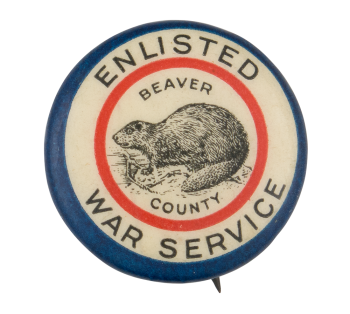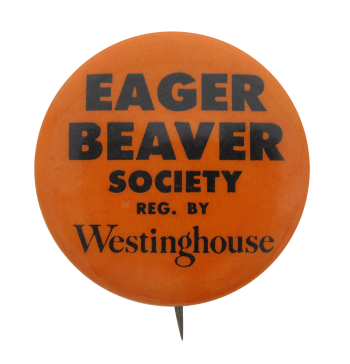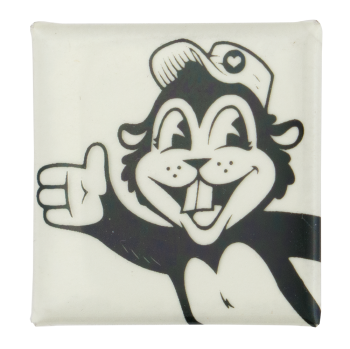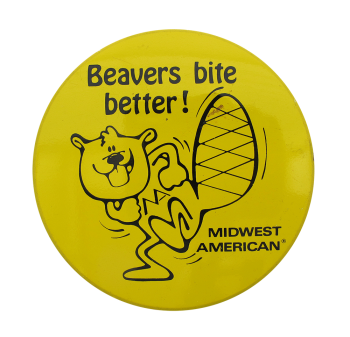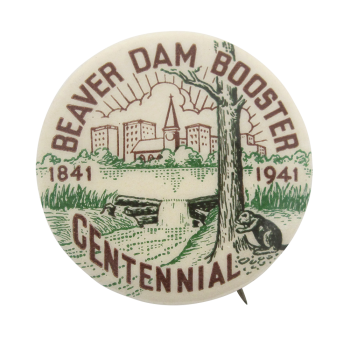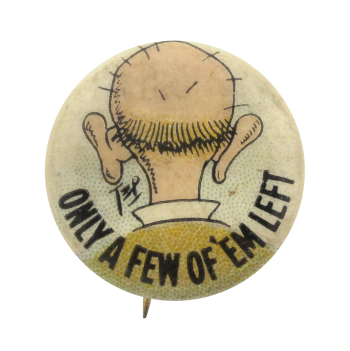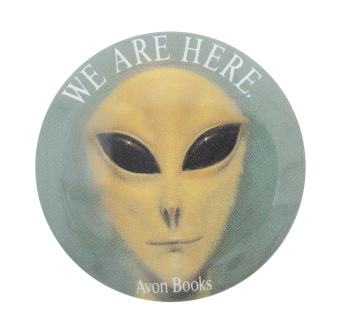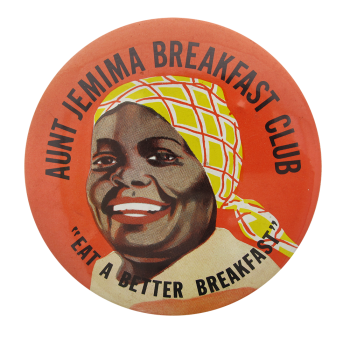Enlisted War Service
| Category | |
|---|---|
| Additional Images | |
| Sub Categories | |
| Text on Button | ENLISTED WAR SERVICE BEAVER COUNTY |
| Image Description | A sketch of a beaver with black text above and below it and encircled by a red border with black text outside of that encircled again by a blue border on a white background. |
| Back Paper / Back Info |
THE WHITEHEAD & HOAG CO. BUTTONS, BADGES, NOVELTIES AND SIGNS NEWARK, N.J. Union Bug |
| Back Style | |
| The Shape | |
| The Size | |
| Year / Decade Made | |
| The Manufacturer | |
| Additional Information | This may be a button used to identify enlisted veterans in Beaver County, Pennsylvania who put in war service during WWI. Being identified as enlisted veterans may have entitled them to certain programs started after WWI, like disability support, insurance, or vocational rehabilitation. |
| Sources |
Department of Veteran's Affairs (2014, November 17). History-VA history. Department of Veteran's Affairs. http://www.va.gov/about_va/vahistory.asp Ted Hake (2015). Whitehead & Hoag company history. Ted Hake. http://www.tedhake.com/viewuserdefinedpage.aspx?pn=whco |
| Catalog ID | BV0006 |

